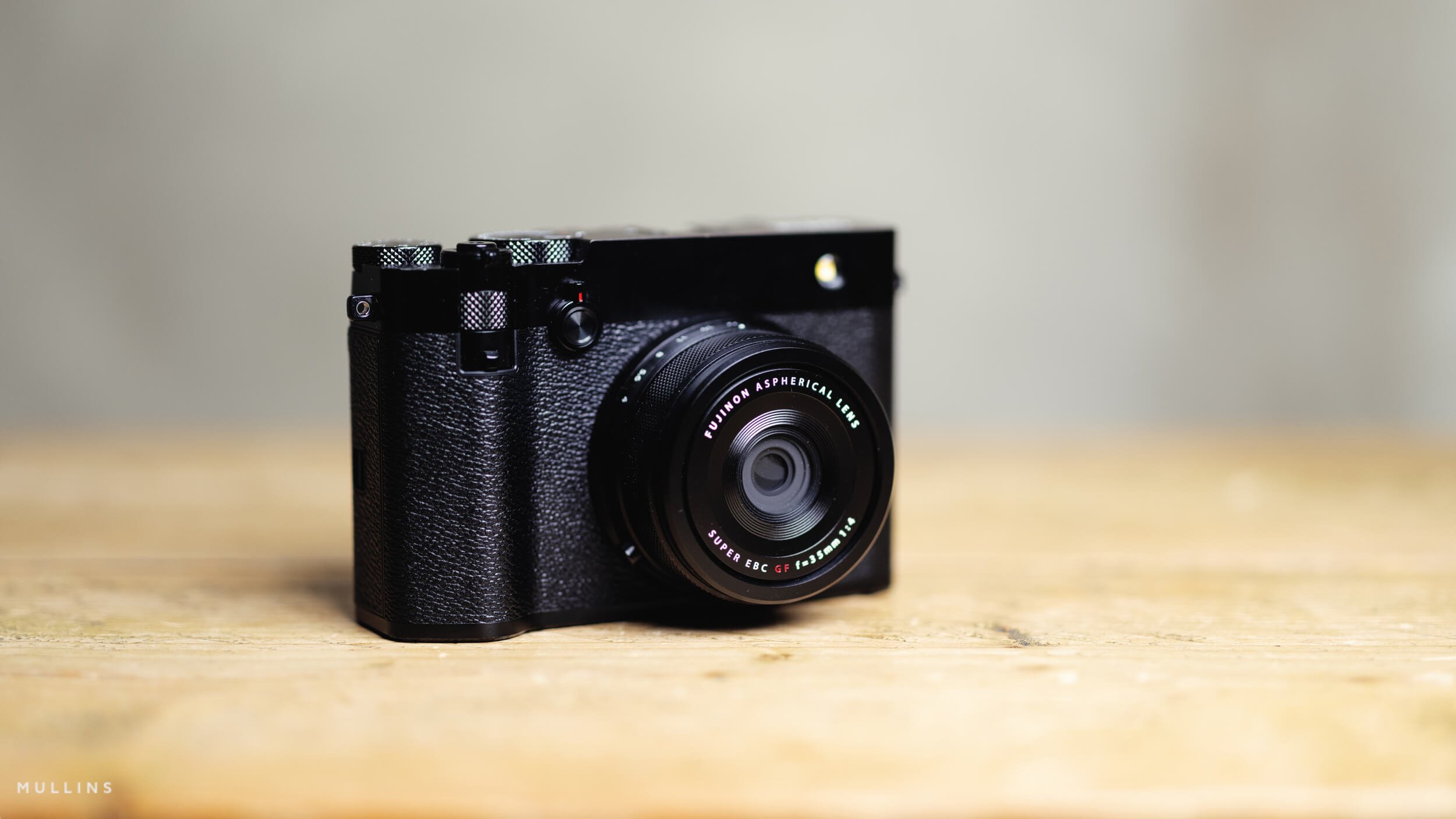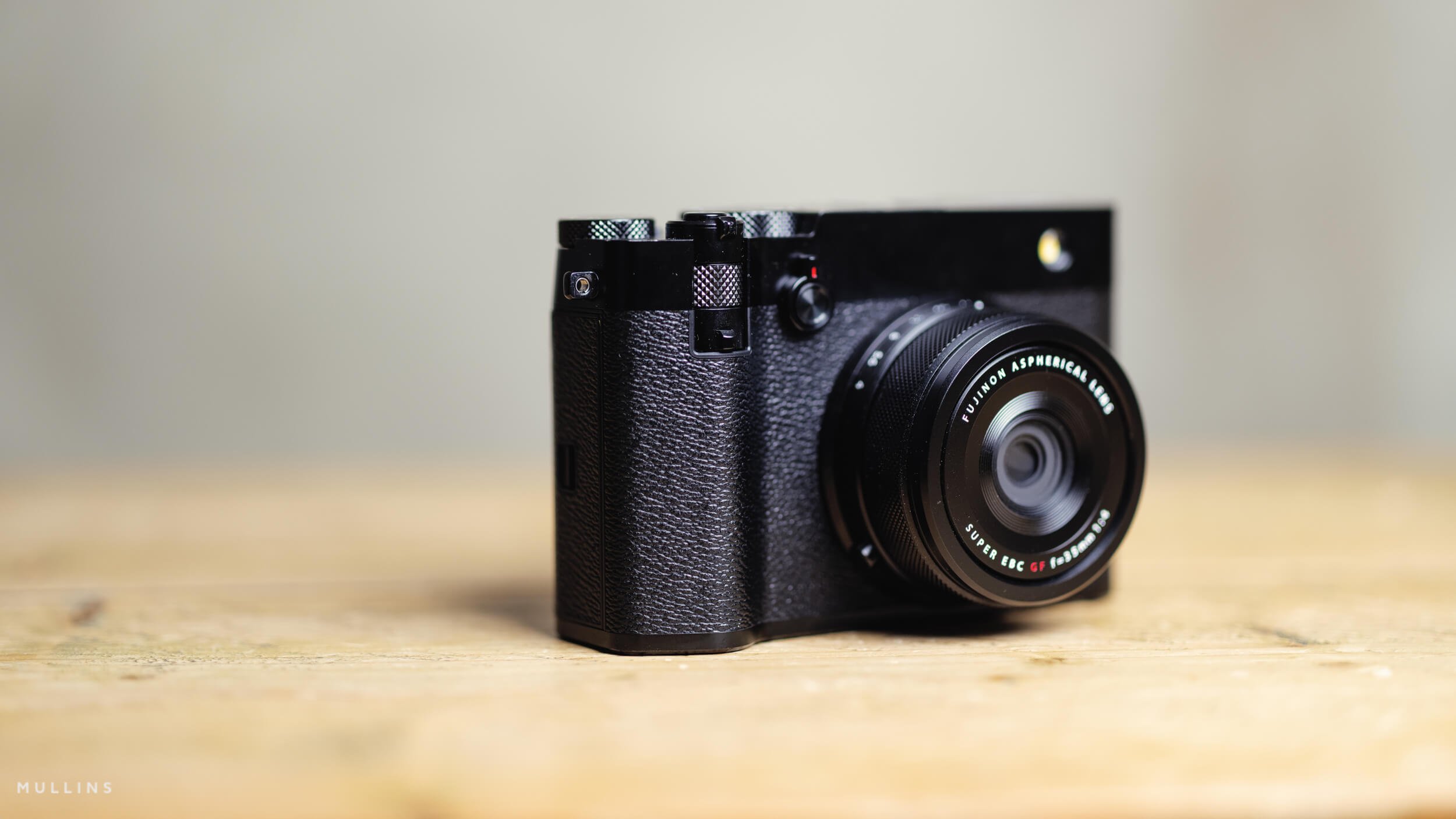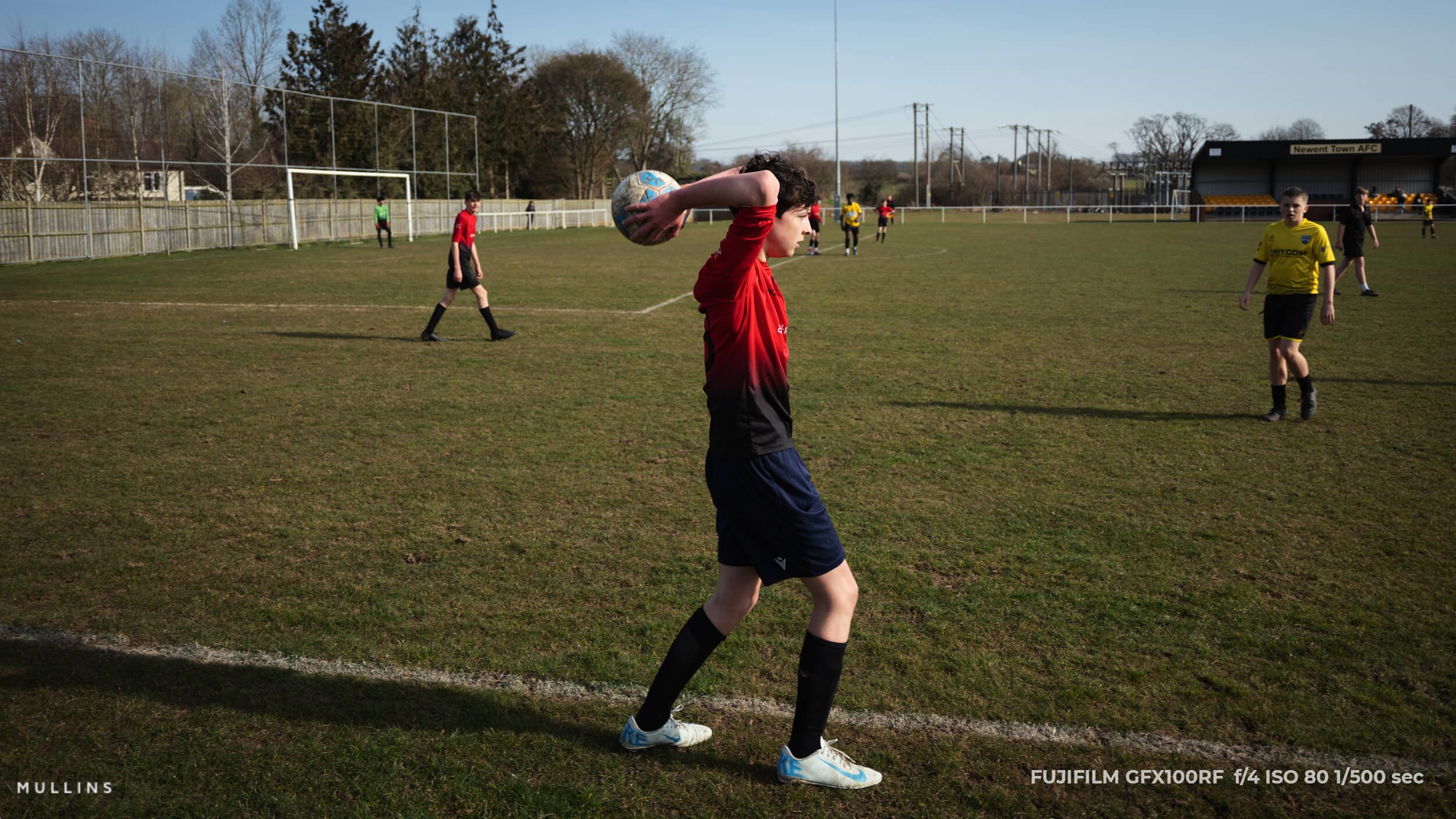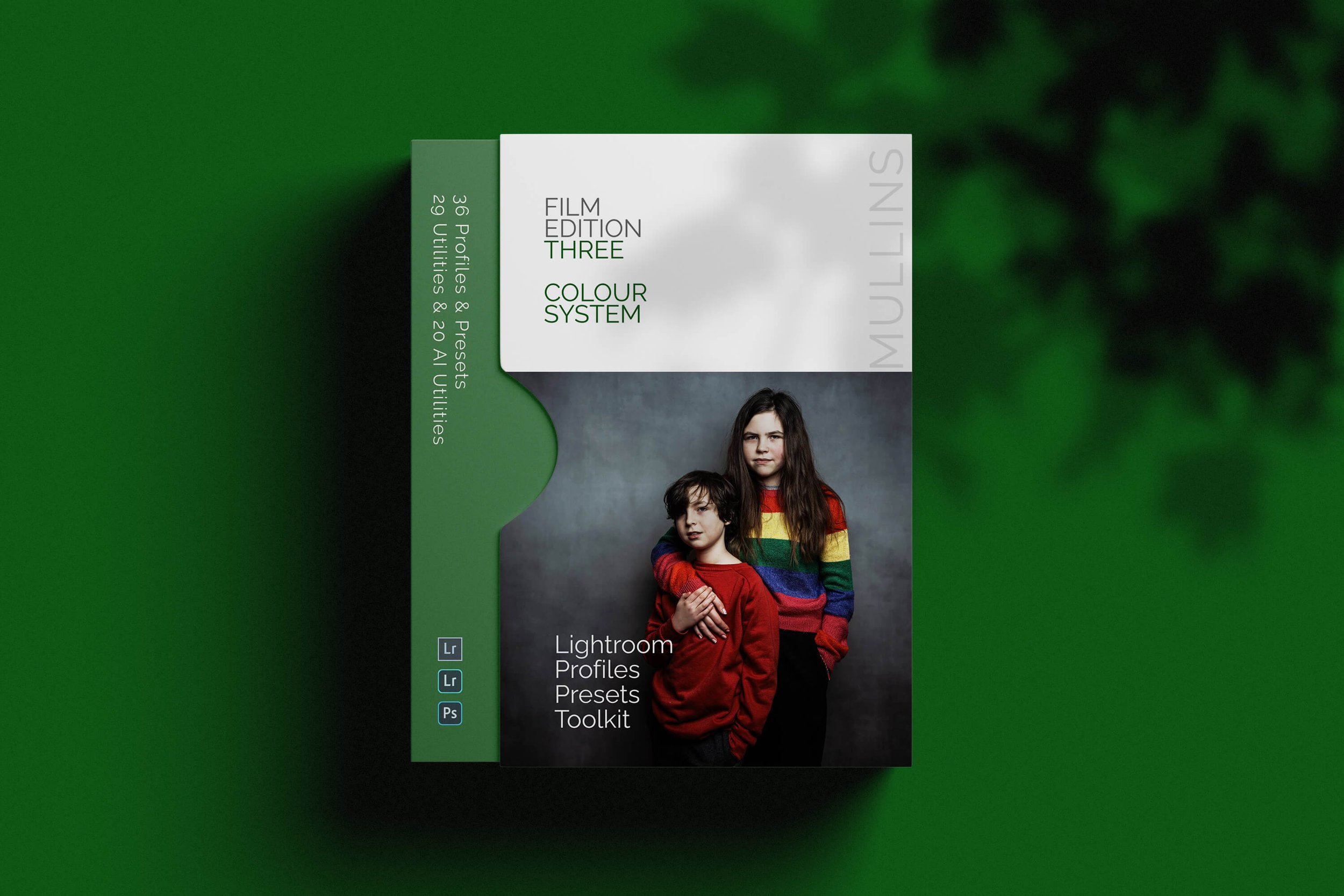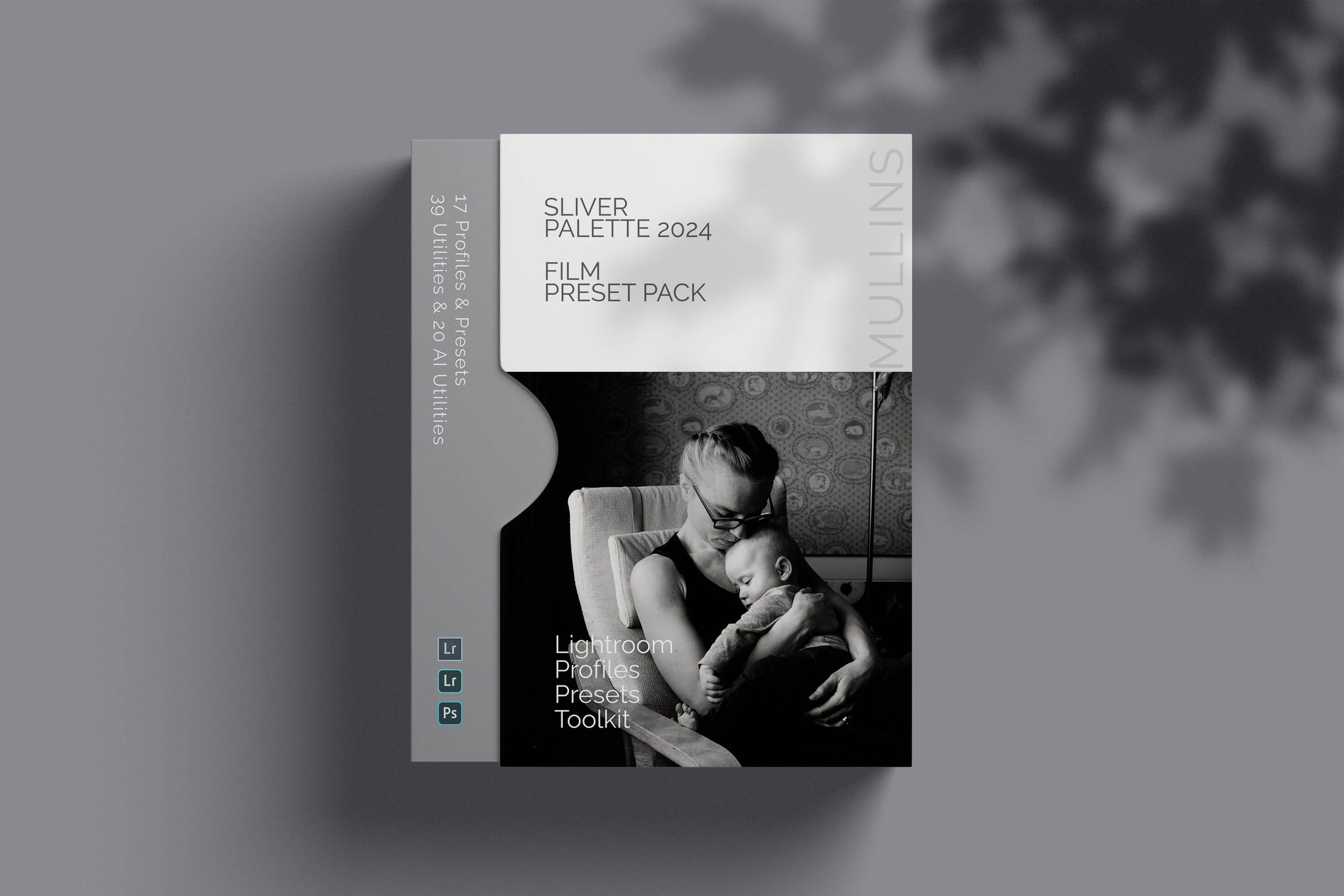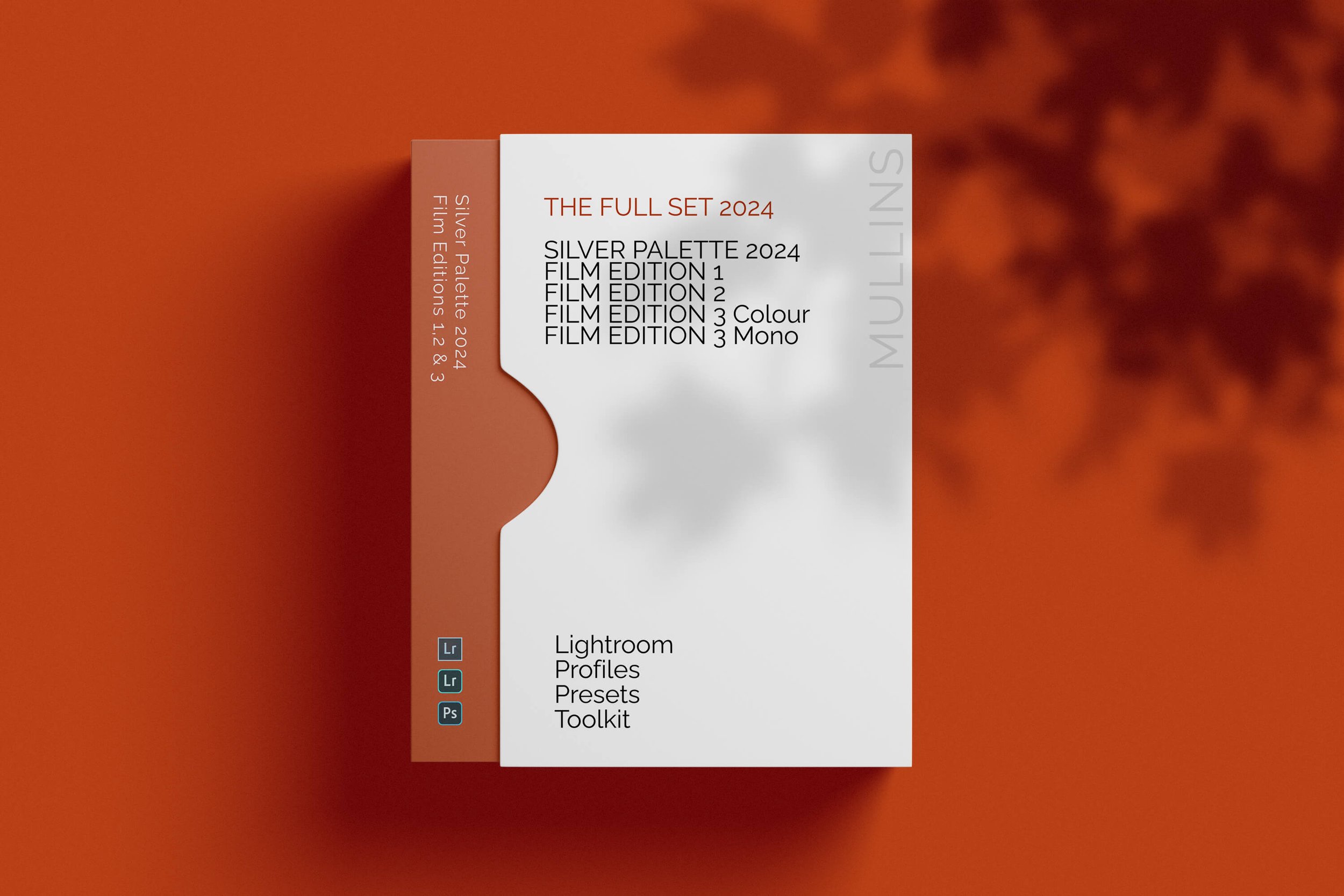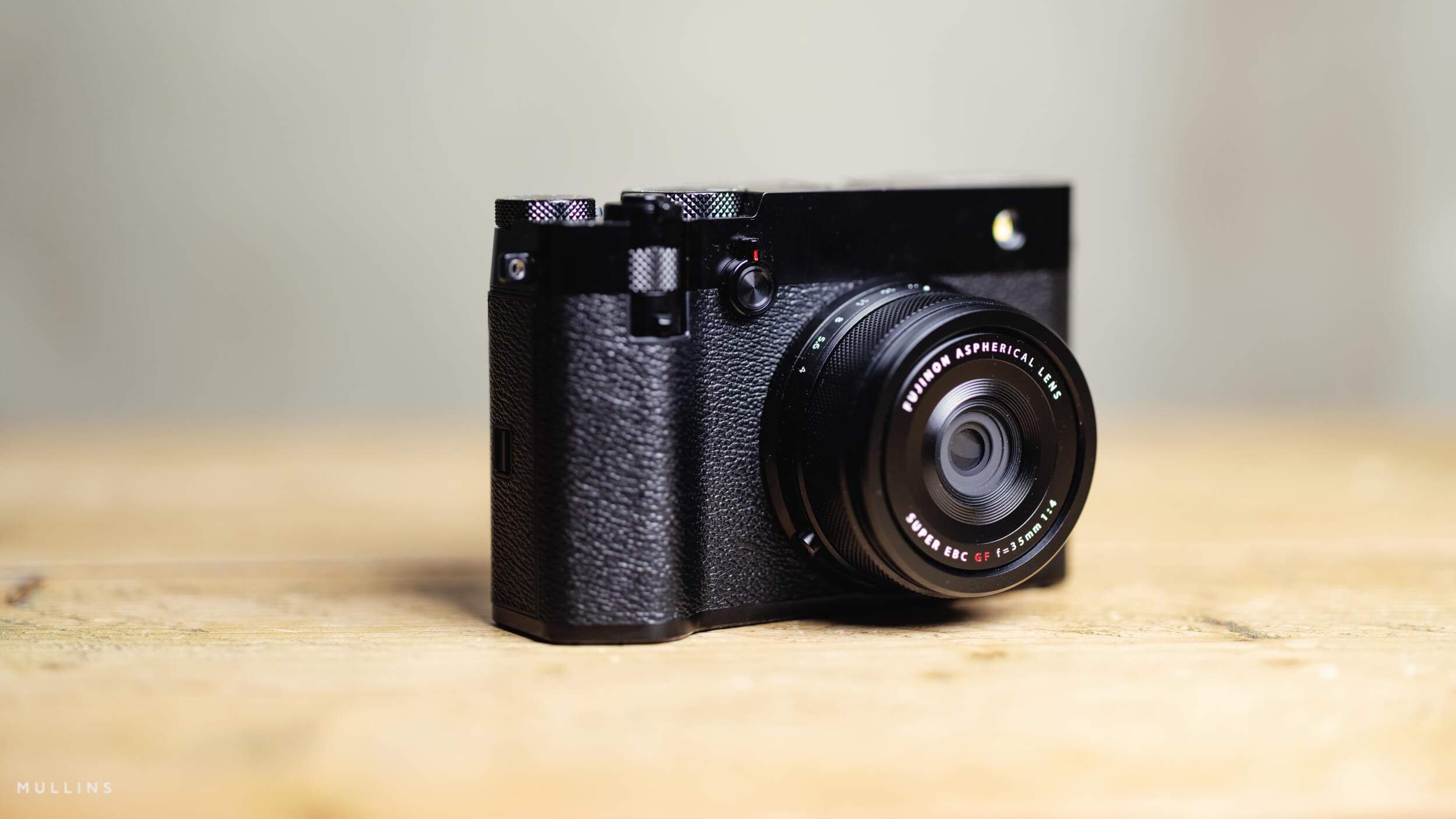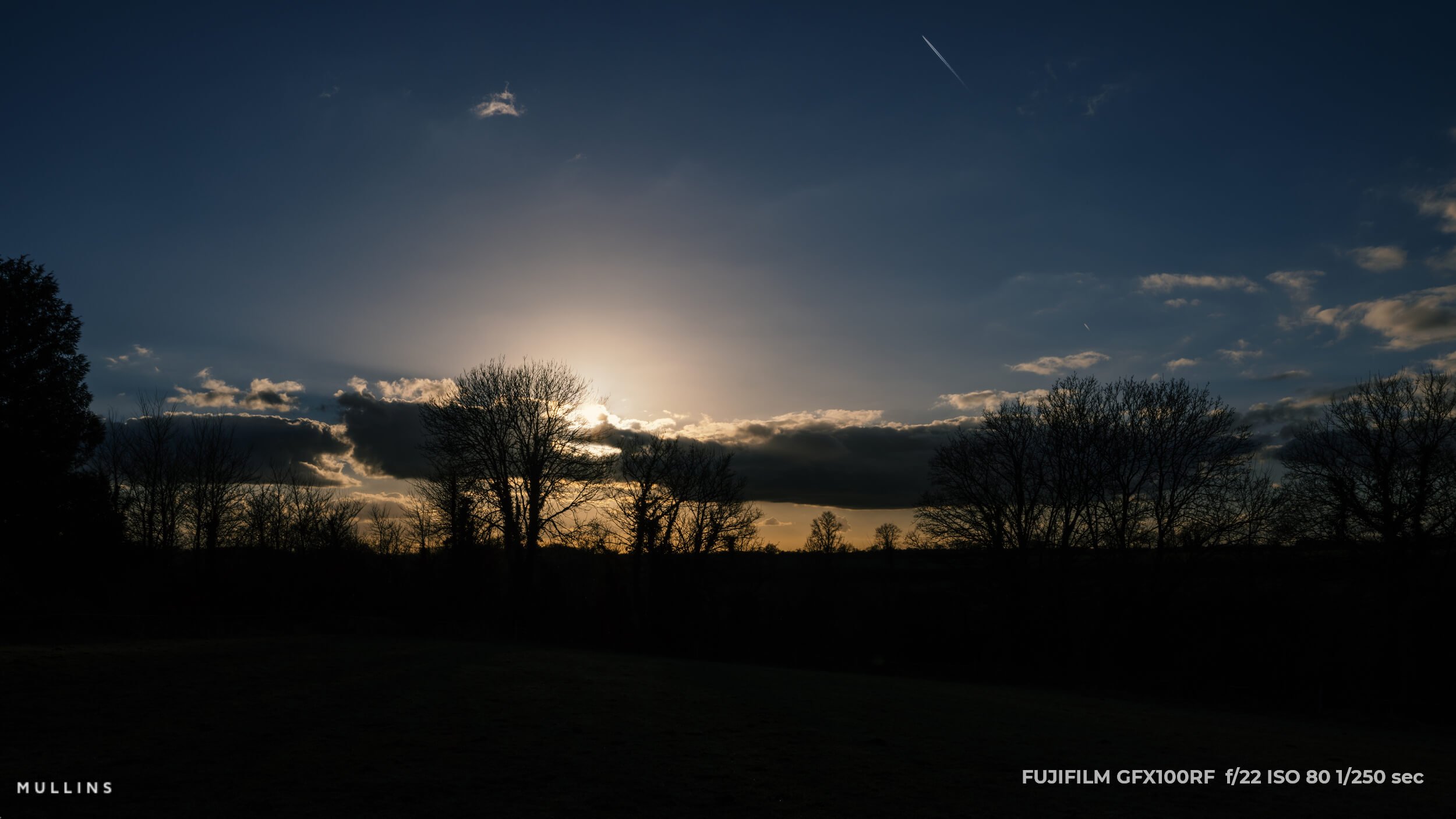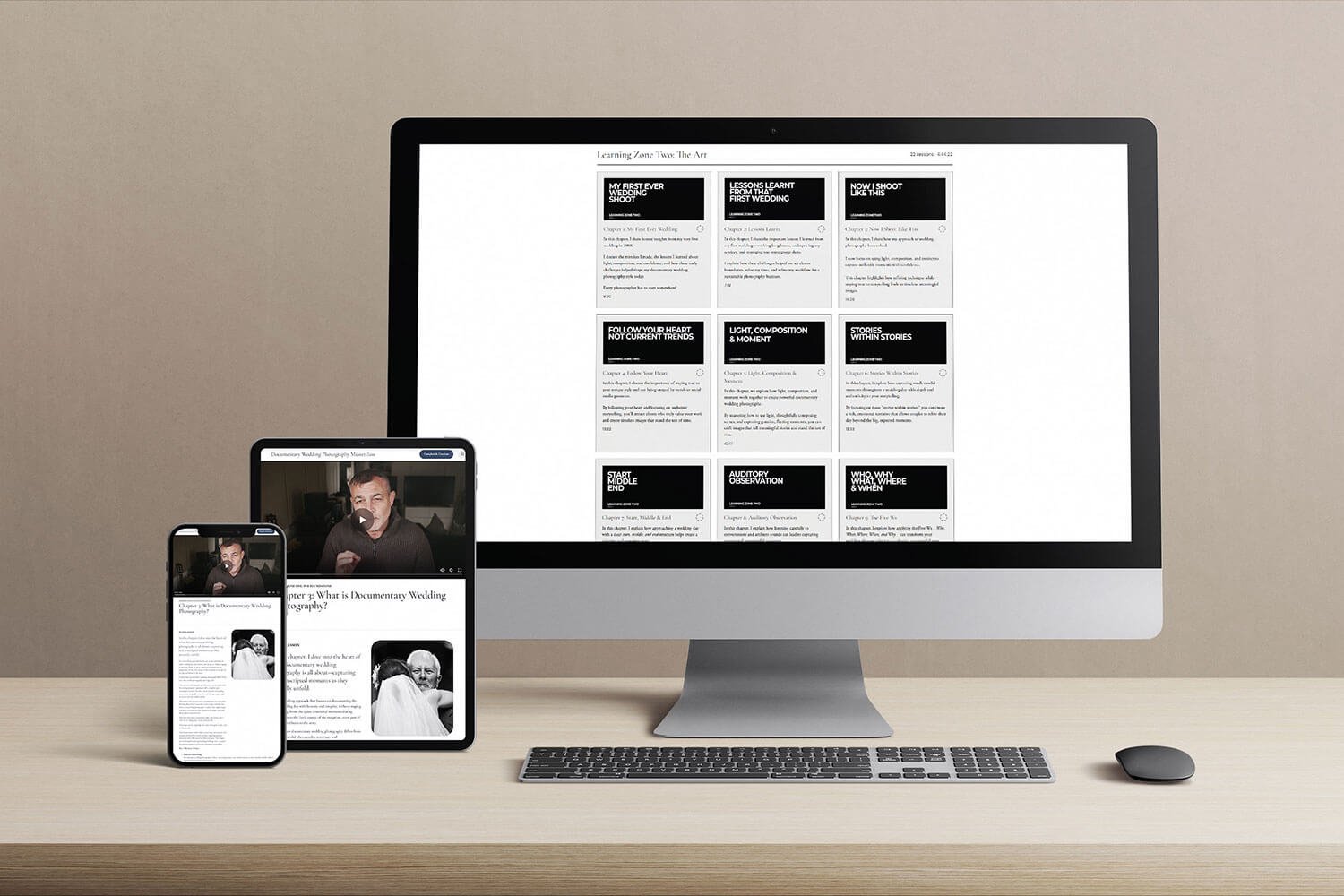Fujifilm GFX100RF Full Review: Pros, Cons & Who Should Buy It?
The Fujifilm GFX100RF
The Fujifilm GFX100RF has finally arrived, and it’s unlike anything we’ve seen before.
A 102MP medium format sensor packed into a compact, fixed-lens design—this is Fuji’s boldest experiment yet.
But is it the dream camera for travel and street photographers, or is it too much of a niche product to make sense?
I had limited time with a prototype model, so this is more of a first impressions review rather than an exhaustive deep dive. However, I did manage to capture test images, high ISO samples, and some edited shots—so you’ll get a real feel for what the GFX100RF can do.
🔴 Watch the Full GFX100RF Review Video Below:
Fujifilm GFX100RF: The Concept
Fujifilm has taken the soul of its X100 series and merged it with the uncompromising image quality of its GFX medium format lineup.
This results in a lightweight (735g), premium-built camera with a fixed 35mm f/4 lens (equivalent to 28mm on full frame).
In many ways, this feels like the X100VI’s big brother, but with insane resolution, deeper dynamic range, and a more considered shooting experience.
If you’ve ever wanted an ultra-premium compact camera that doesn’t compromise on image quality, the GFX100RF might just be it.
But it’s not for everyone—more on that later.
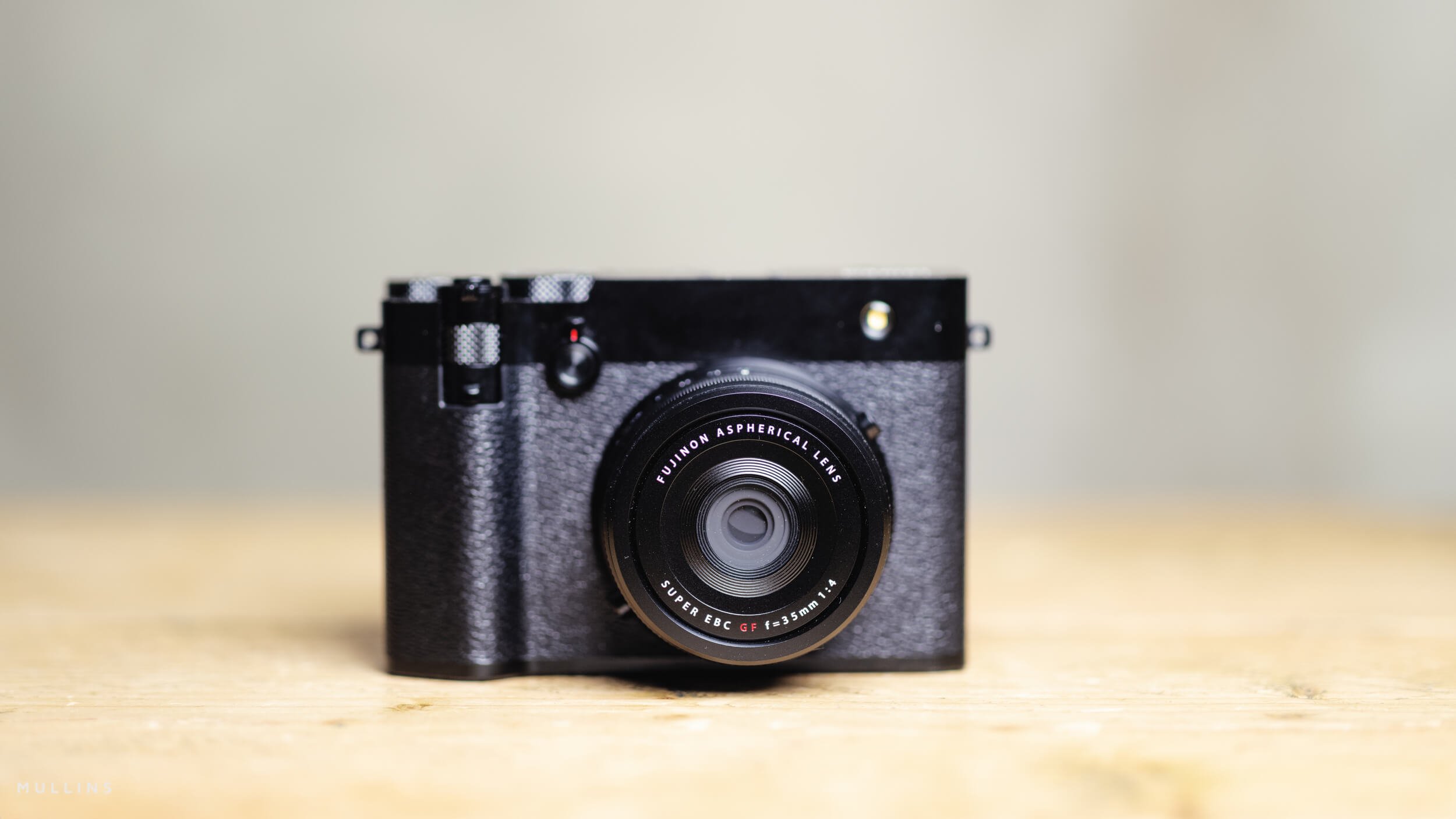
Design & Build Quality – Premium, Compact, and Purposeful
The first thing that stands out about the GFX100RF is its exceptional build quality. The machined aluminium top plate, solid metal dials, and minimalist design make this feel like a true luxury product. Fujifilm has always nailed retro-modern aesthetics, and this is no exception.
Despite being the lightest GFX camera ever, at 735g, it still has a substantial, well-balanced feel.
One of the most interesting additions is the Aspect Ratio Dial—a nod to Fuji’s film heritage. It lets you switch between nine different aspect ratios, including 3:4 and 17:6, making it easier to pre-visualize compositions without cropping in post.
Another unique feature is the digital teleconverter lever, allowing you to crop in-camera to 45mm or 80mm.
Personally, I didn’t find myself using it much, but some might love this extra flexibility.
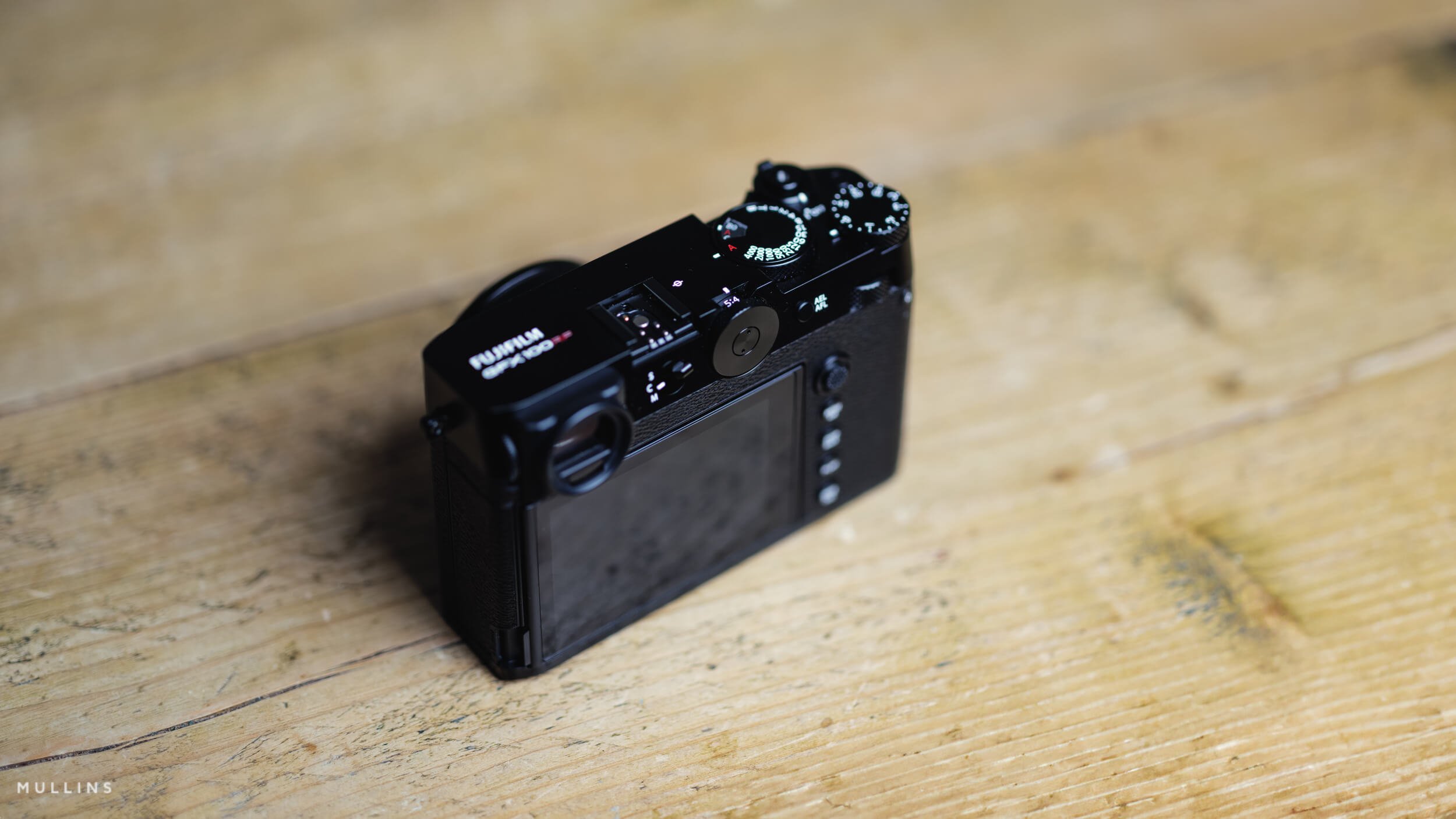
Lens & Image Quality – Medium Format in a Small Package
The Fujinon 35mm f/4 lens (28mm full-frame equivalent) might raise eyebrows due to its modest aperture, but it has been carefully designed for sharpness, minimal distortion, and high resolution.
Nano GI coating reduces flare and reflections.
Two aspherical elements ensure edge-to-edge sharpness.
Close focusing of 20cm makes it great for near-macro shots.
But what about the f/4 aperture?
Yes, compared to Leica’s Q3 with its 28mm f/1.7, this might seem limiting. But Fujifilm made this choice deliberately—an f/2.8 lens would have been significantly larger, and IBIS (in-body image stabilization) would have required a bigger body.
The goal here was to create the smallest and lightest GFX camera yet, and to achieve that, some compromises had to be made.
That said, medium format sensors handle high ISO much better than smaller sensors, so you can still get beautiful results in low light by pushing ISO or using a tripod.
A Note on the GFX100RF Sample Images
You might notice that many of the sample images in this post are heavily cropped—and that’s entirely intentional. With a 102MP medium format sensor, the Fujifilm GFX100RF gives you incredible flexibility to crop in while still retaining an insane level of detail.
This is one of the biggest advantages of high-resolution medium format: you’re essentially working with built-in prime lenses at multiple focal lengths.
The ability to crop in without losing quality means you can reframe compositions, punch into distant subjects, or create tighter portraits—all while maintaining sharpness and dynamic range.
Even with significant crops, the images still hold up beautifully, proving just how much fine detail, tonal depth, and resolution this sensor delivers.
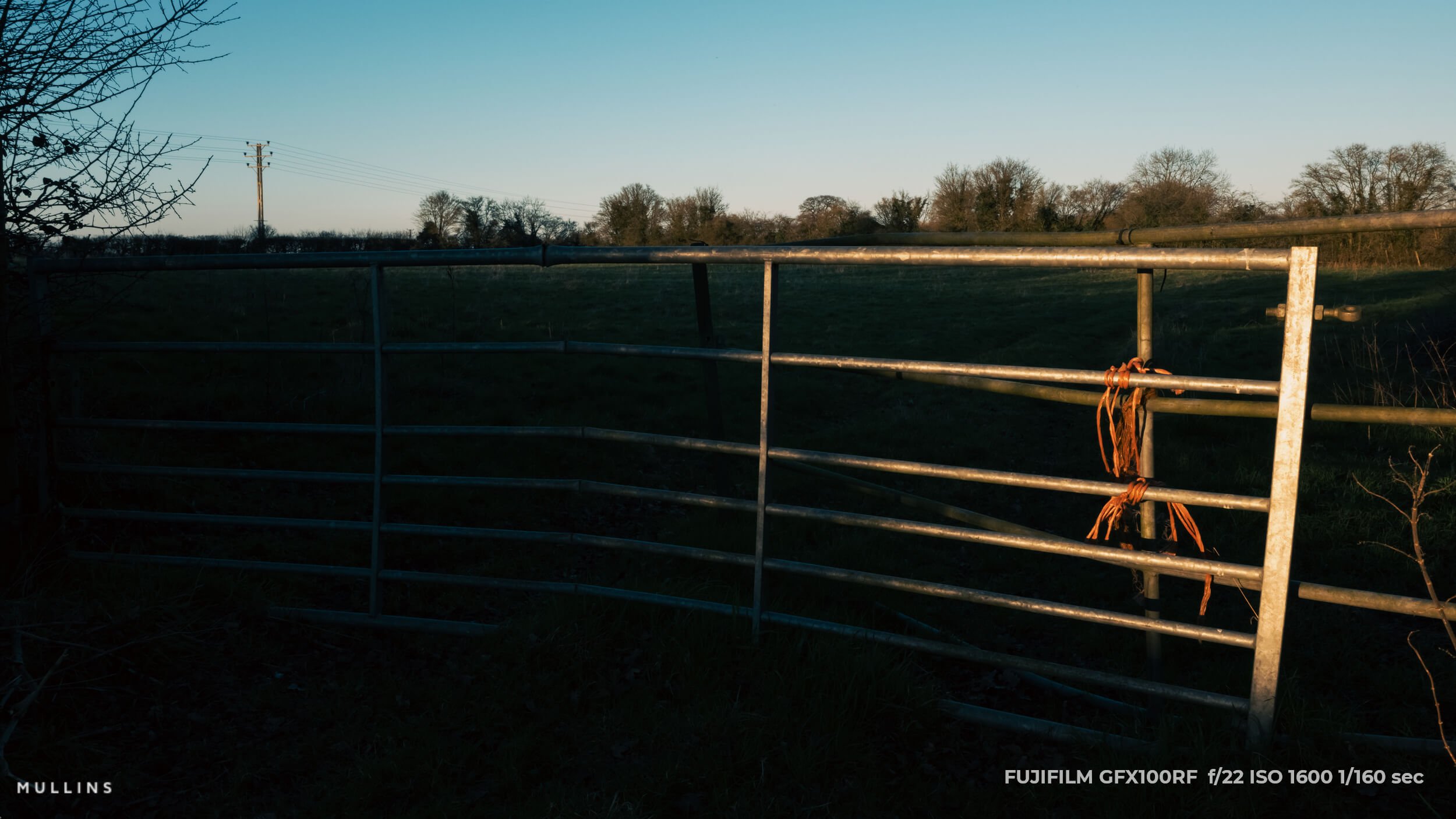

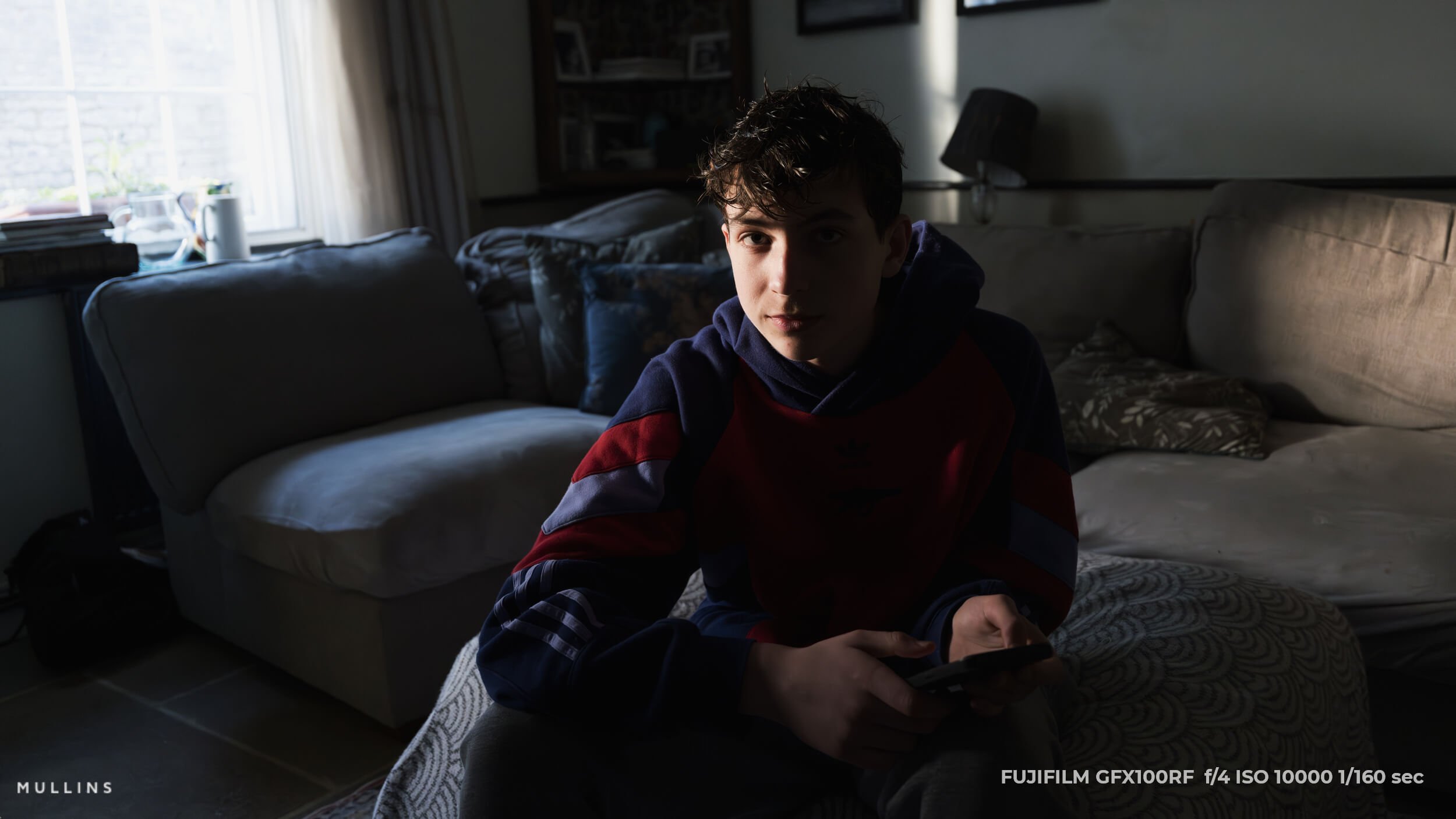
Autofocus, Handling & Shooting Experience
Medium format cameras are not known for speed, but the GFX100RF puts in a good shift here.
AI-powered autofocus detects people, animals, birds, and vehicles.
Focus is snappier than previous GFX models, even in low light.
Leaf shutter is ultra-quiet, perfect for stealthy street photography.
However, let’s be clear: this is not a run-and-gun camera. The burst mode maxes out at 6fps, and while the AF is good for a medium format system, it’s nowhere near as fast as the X-T5 or X100VI.
Who is it for, then?
Street, documentary, and travel photographers who love a slower, more considered approach.
Landscape photographers who appreciate dynamic range and medium format quality.
Portrait photographers who enjoy a 28mm environmental perspective.
ISO, Dynamic Range & Image Processing
At base ISO 80, the dynamic range is exceptional—14+ stops, making it perfect for recovering highlights and shadows.
Even at higher ISOs, the noise is finely grained and film-like rather than ugly digital mush. And because 16-bit RAW files are supported, you have immense flexibility in post-production.
For those who love Fujifilm’s Film Simulations, all 20 are included, from Velvia and Acros to the newer Nostalgic Neg.
Video Features – Is It Any Good for Filmmakers?
While this is primarily a stills camera, Fujifilm has added some serious video capabilities:
4K 30P 10-bit recording with F-Log2 (13+ stops dynamic range).
Frame.io Camera-to-Cloud integration for faster workflow.
Digital Image Stabilisation (but with a slight crop).
This isn’t a a dedicated filmmaker’s camera, but it’s certainly capable of gorgeous, cinematic video—as long as you use a tripod or gimbal.
My Advanced Lightroom Presets & Profiles:
Want to get the most out of your RAW files? My Lightroom Presets are designed to bring out the best in colours, dynamic range, and tones—whether you shoot landscapes, portraits, or street photography, no matter what camera brand you use. For a short time, get 20% off today with code TPS25!
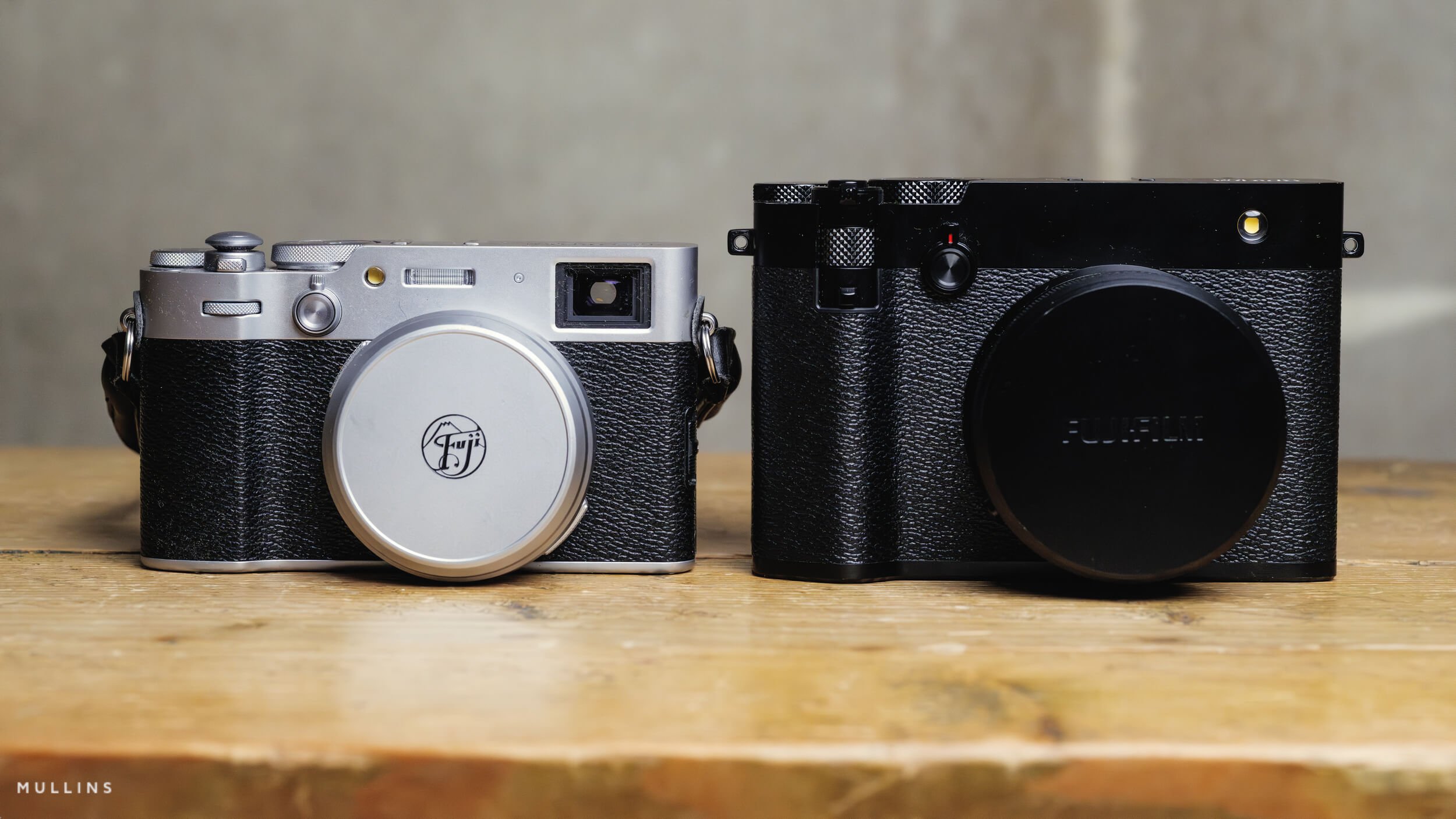
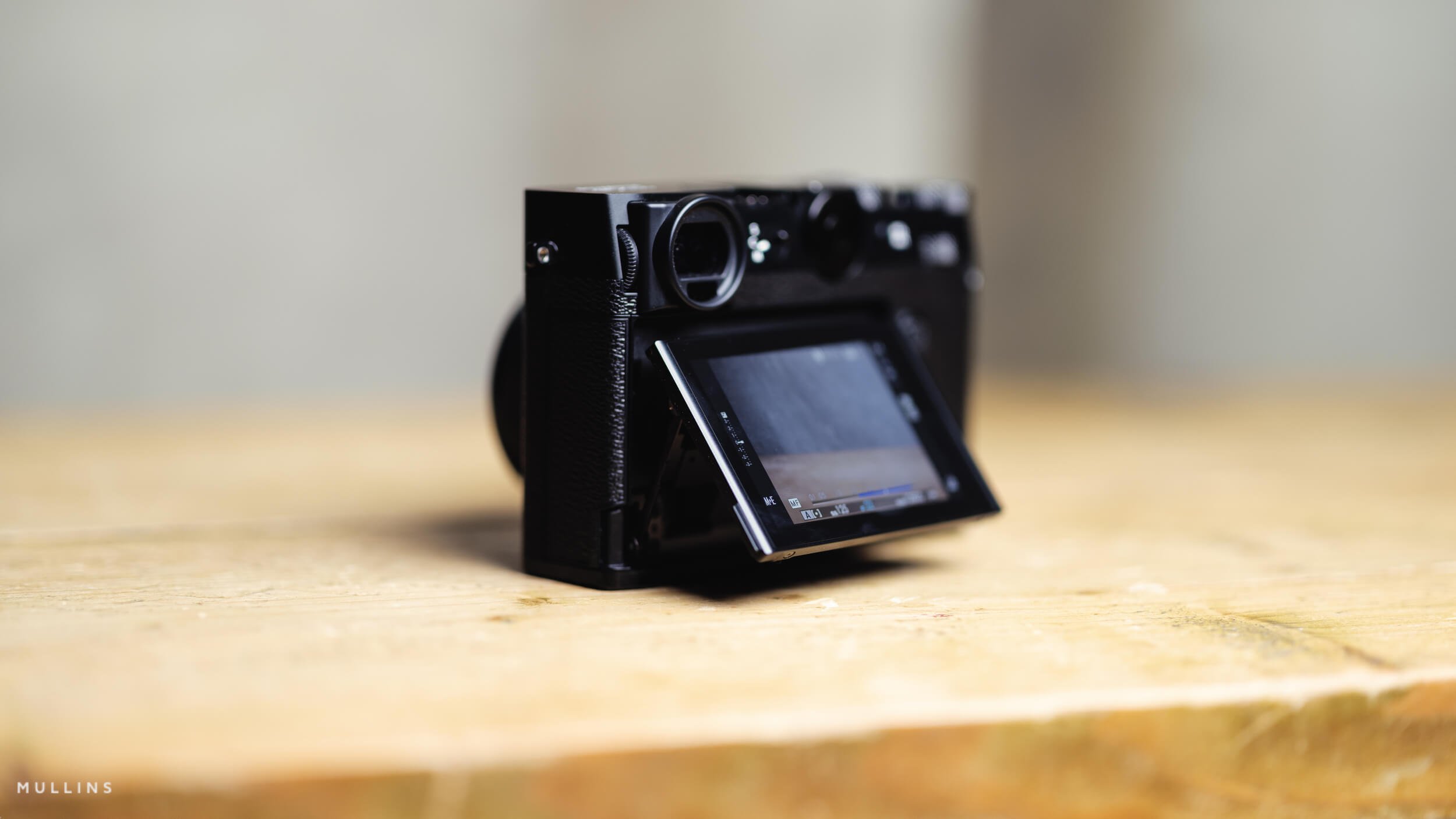
Pros & Cons of the Fujifilm GFX100RF
Pros
Incredible 102MP medium format sensor – outstanding detail.
Premium build quality – lightest GFX camera ever.
Great dynamic range & ISO performance – beautiful image quality.
Quiet leaf shutter – discreet for street & documentary work.
Compact for medium format – travel-friendly size.
Fujifilm’s Film Simulations – straight-out-of-camera magic.
Cons
Fixed 35mm f/4 lens – some may want a brighter aperture.
No IBIS – low-light handheld shooting is less forgiving.
Not ideal for action photography – autofocus is good, but not fast.
Price – similar to a GFX100S + lens combo.
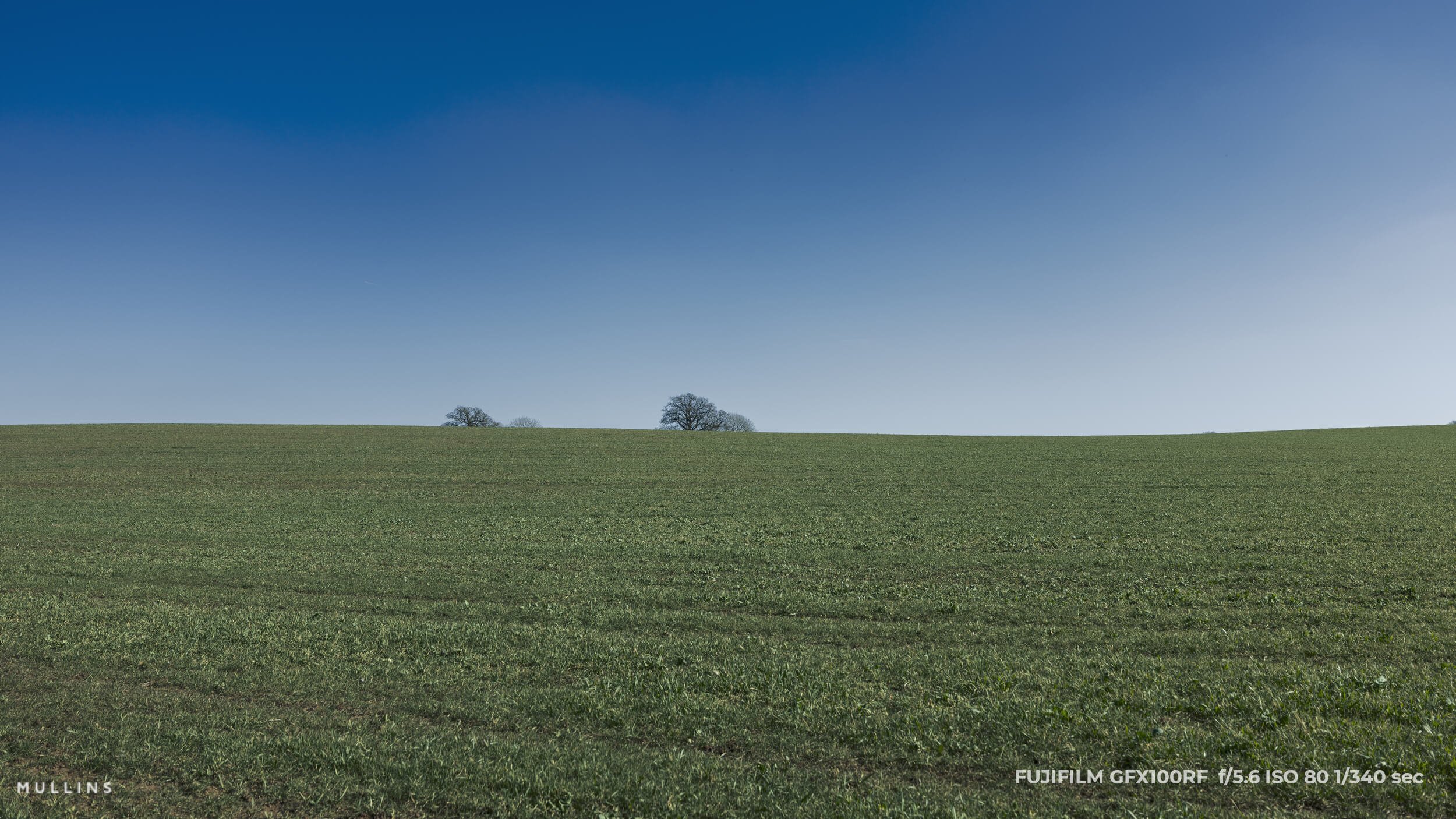
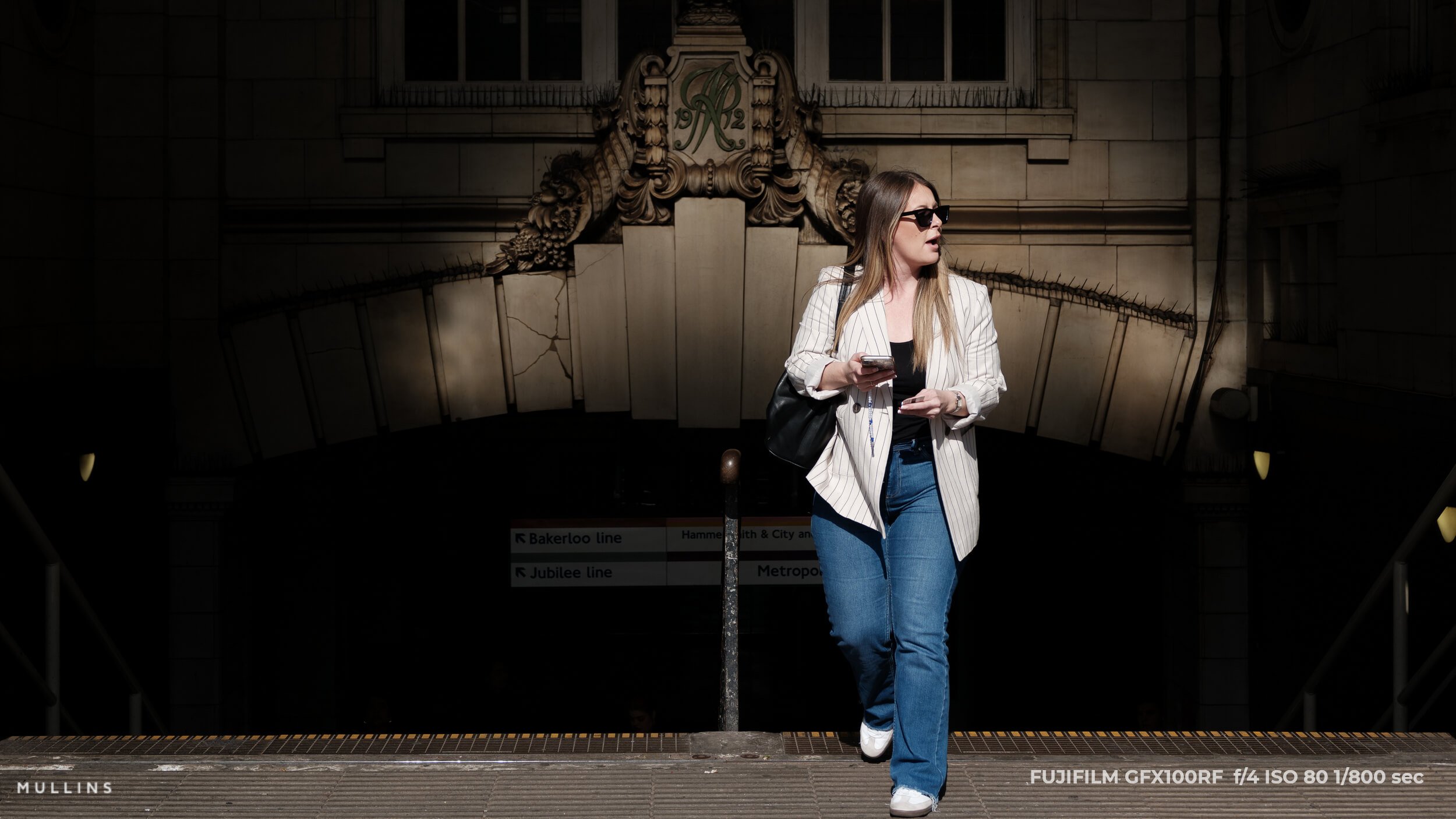
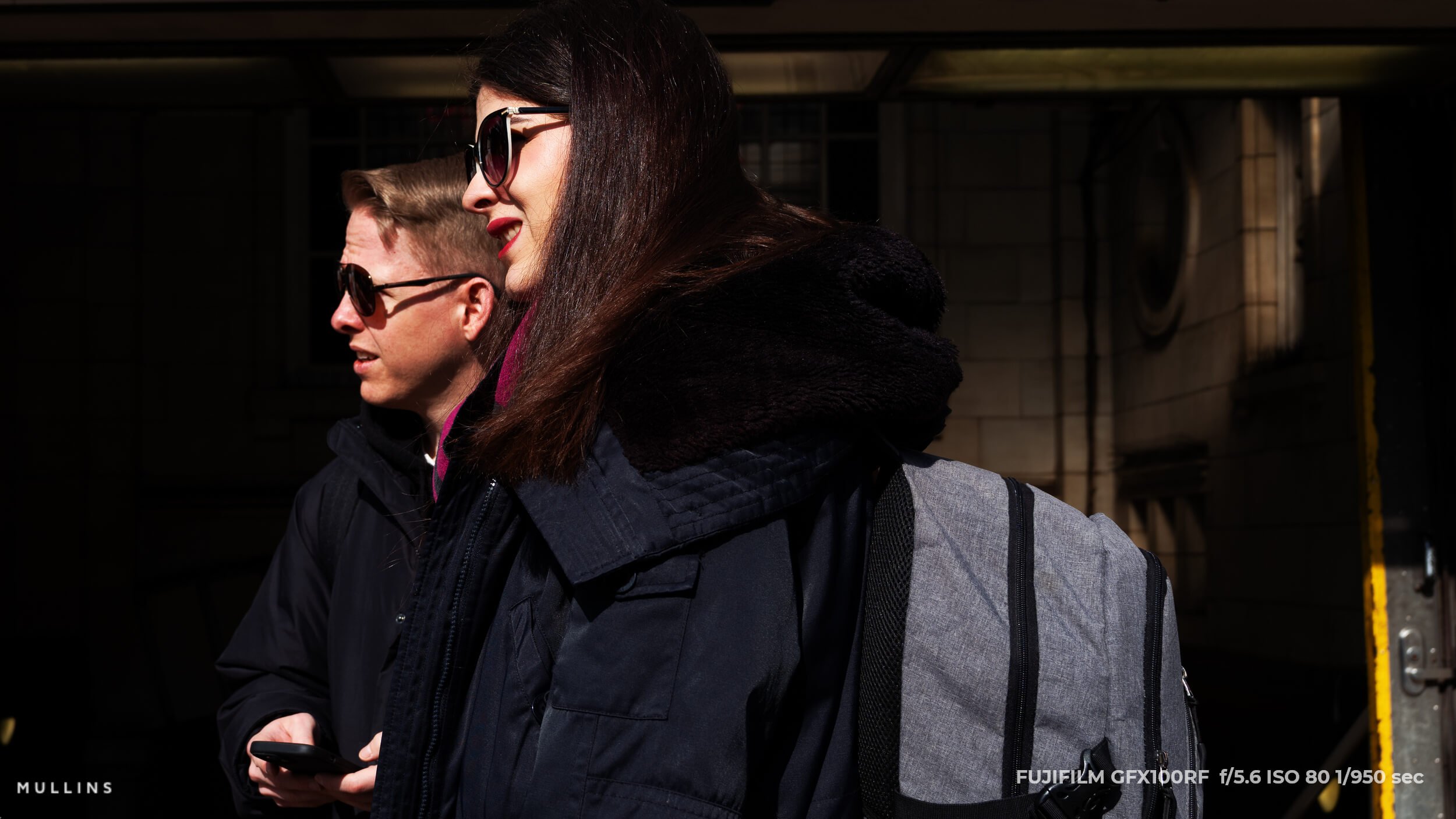
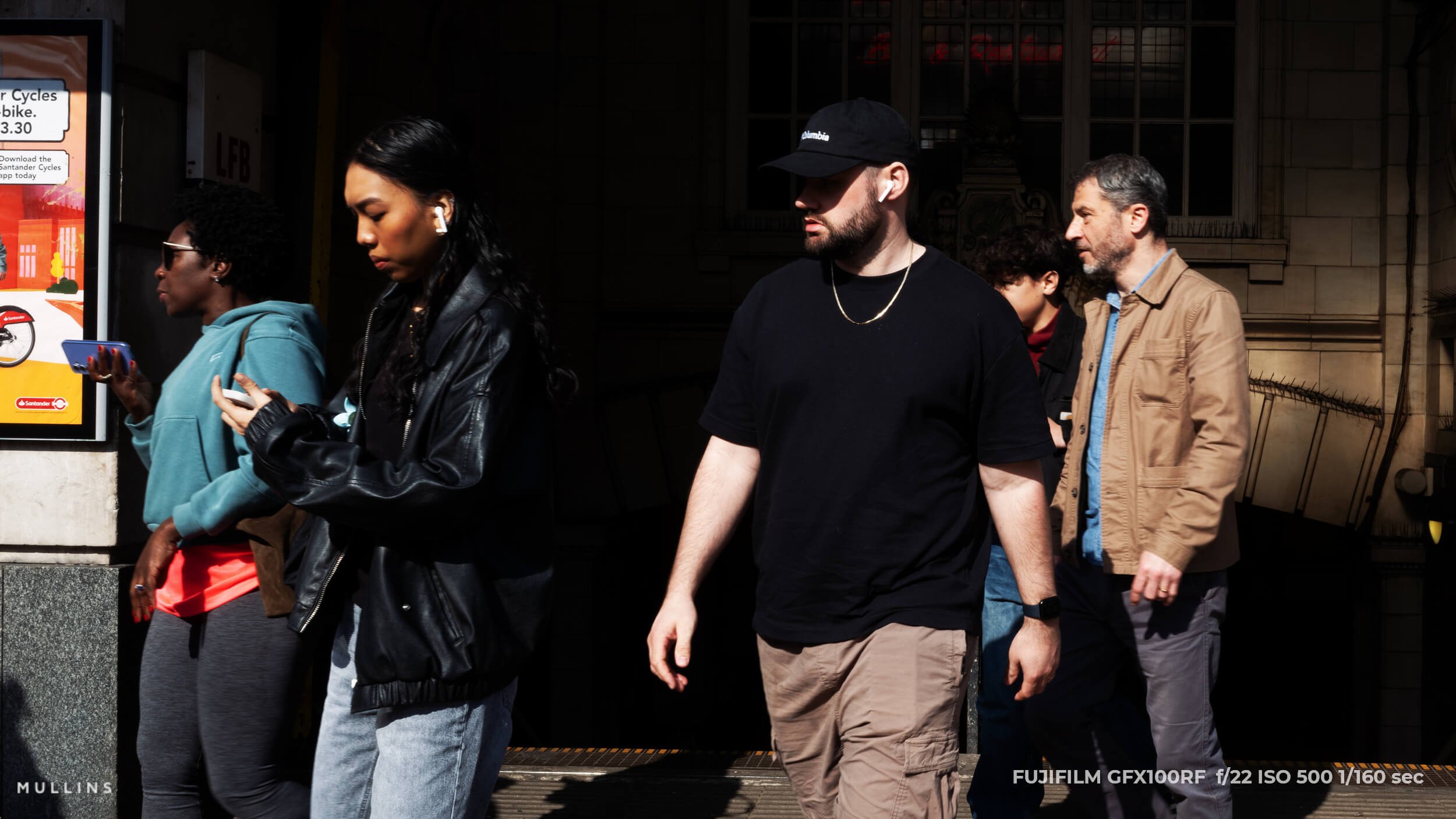
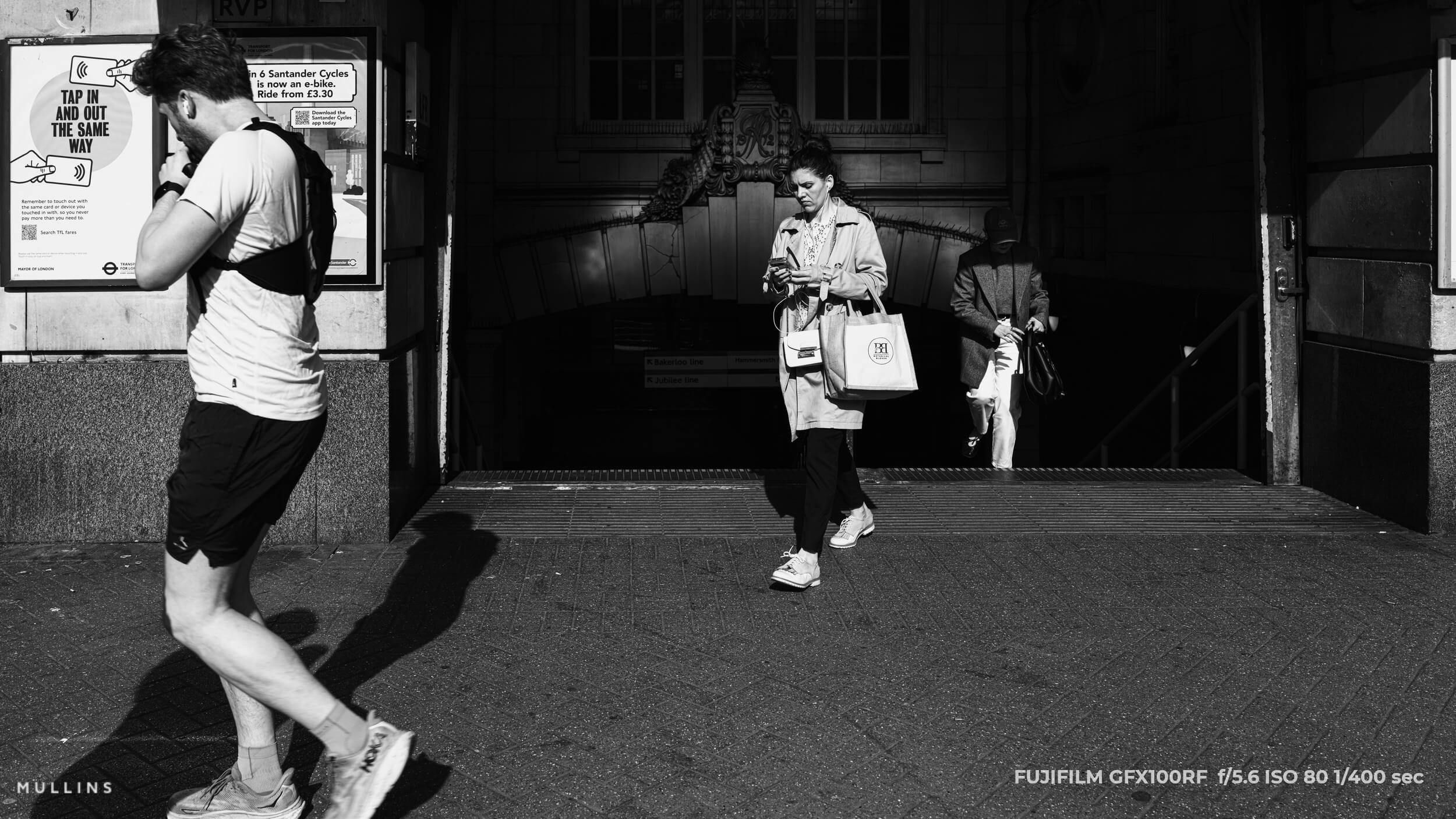
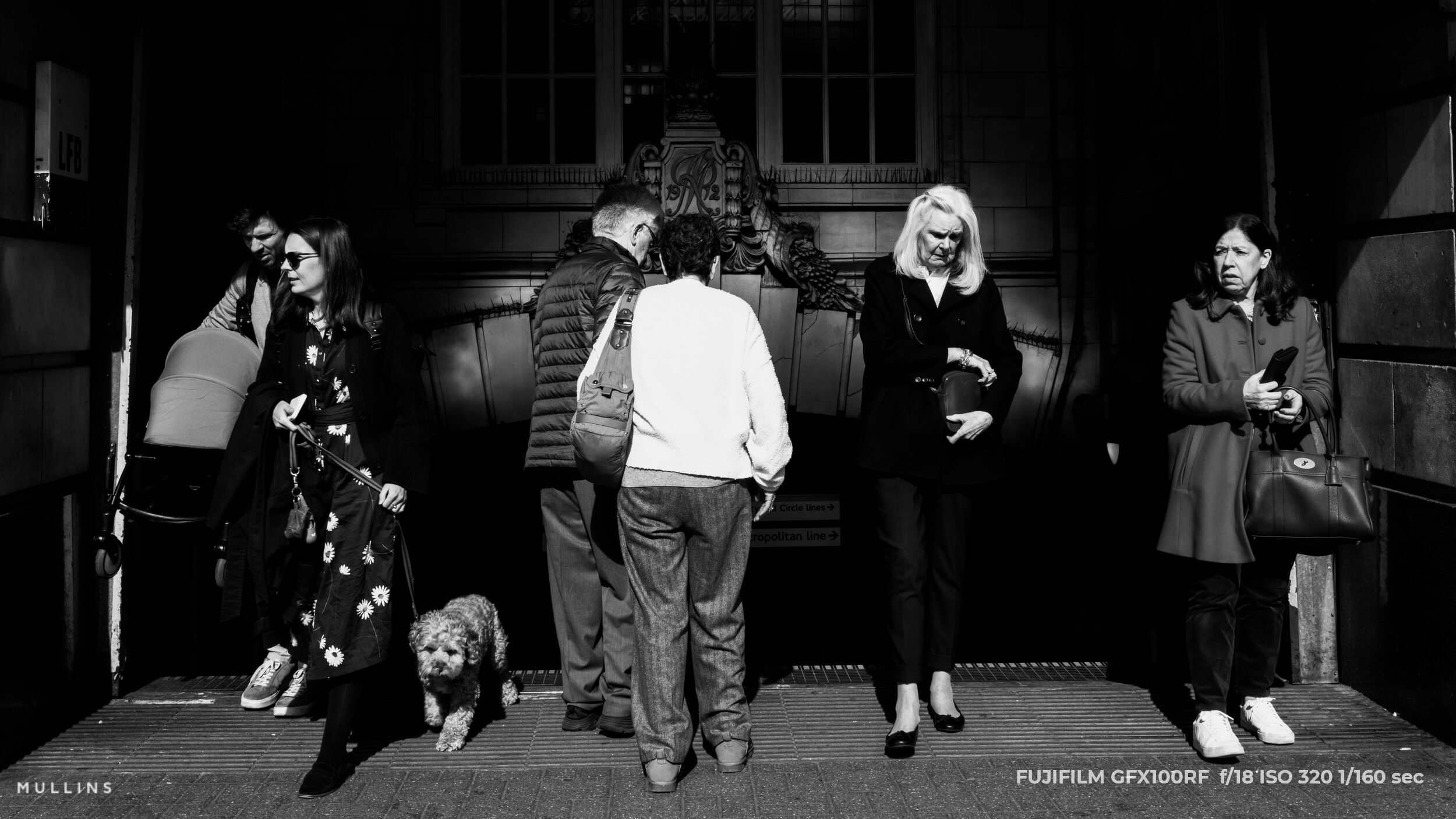
Final Thoughts – Should You Buy the GFX100RF?
The Fujifilm GFX100RF is an incredible camera, but it’s also a very specific camera. If you love the X100 series but want medium format image quality, this is the dream setup.
However, if you need versatility, interchangeable lenses, or fast autofocus, the GFX100S or even full-frame competitors like the Leica Q3 might be better choices.
If you want true photographic luxury with uncompromising image quality, the GFX100RF is as close as it gets.
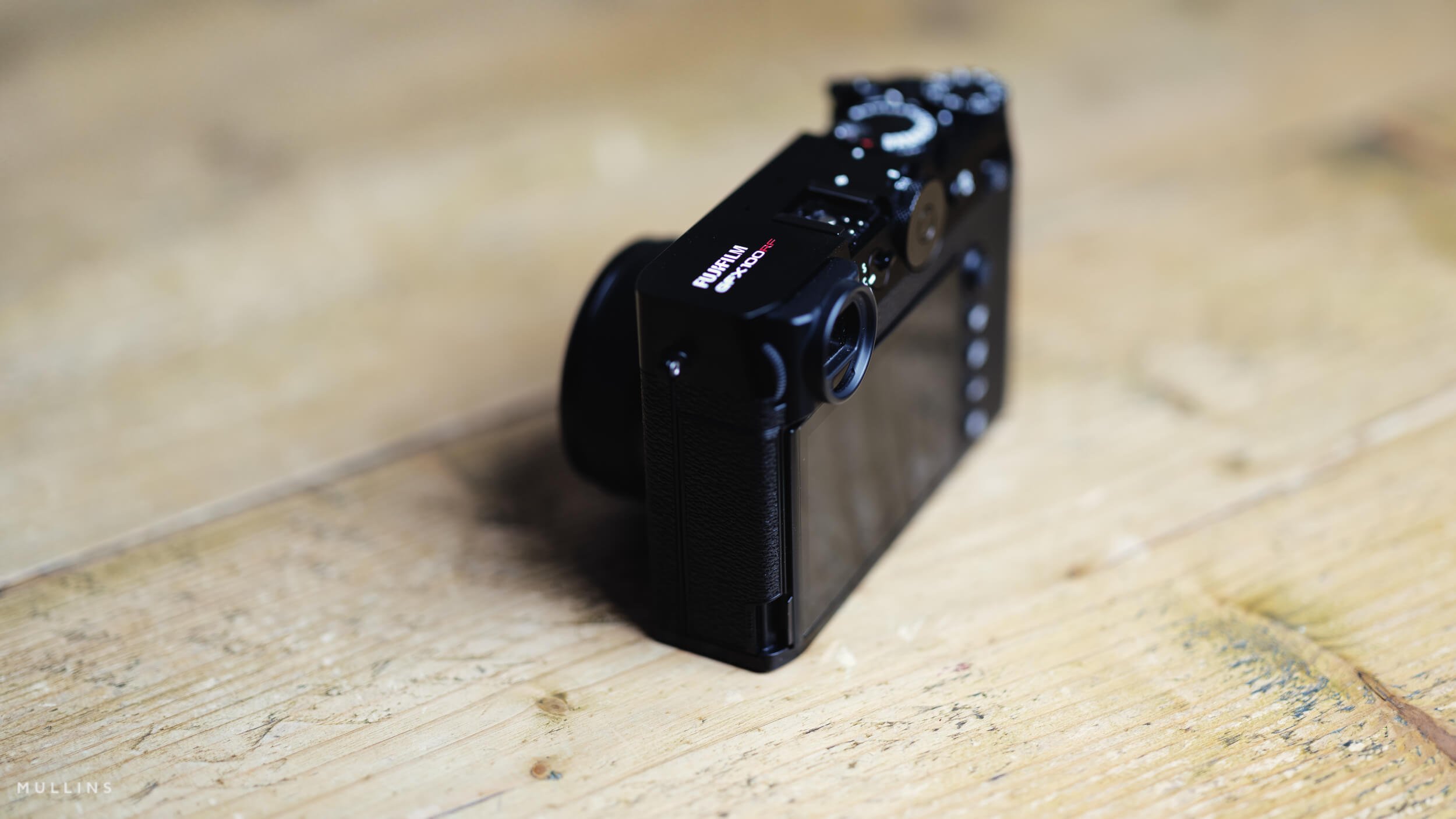
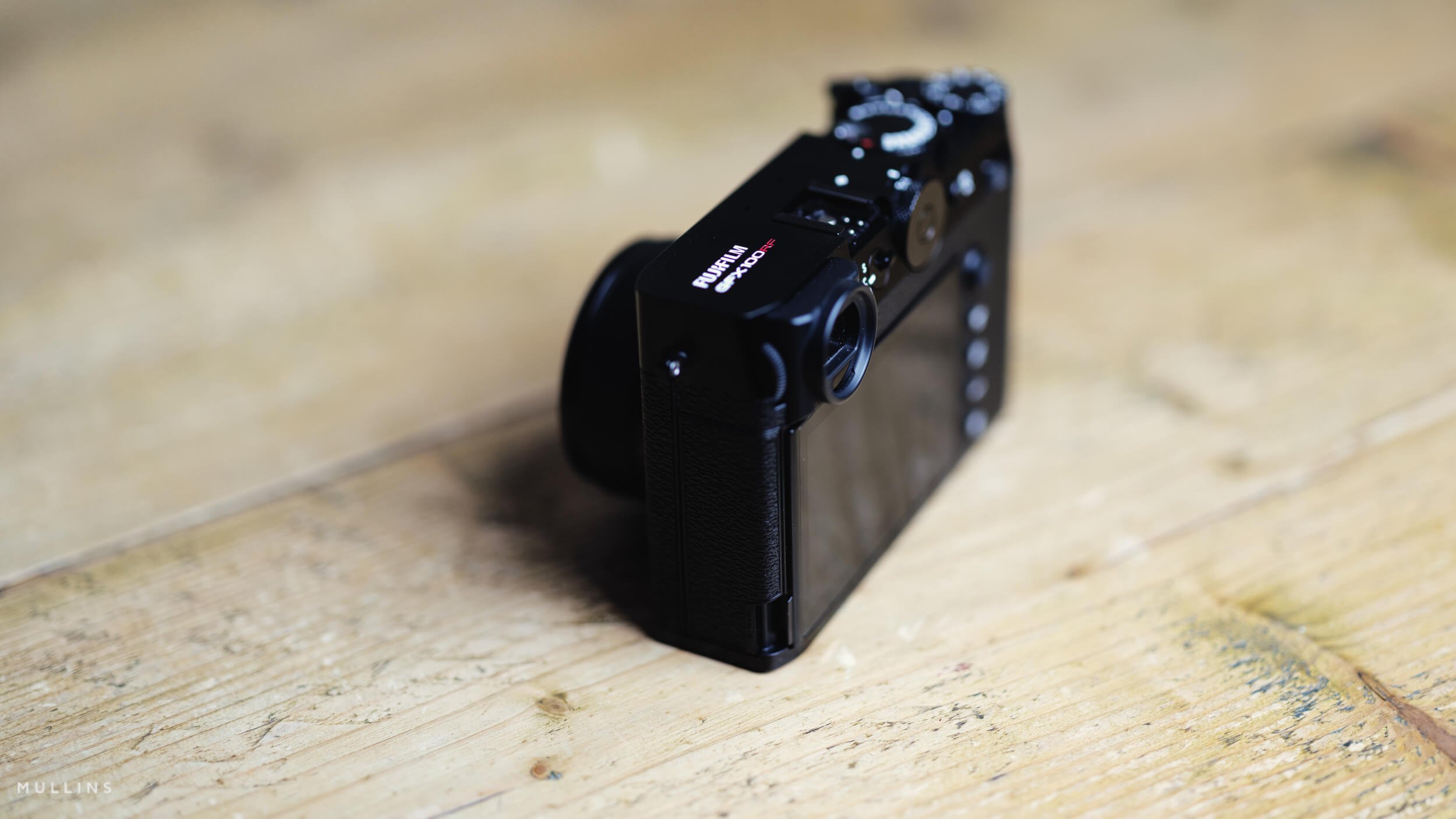
Fujfi GFX100RF FAQ
-
The Fujifilm GFX100RF is a 102MP medium format fixed-lens camera with a 35mm f/4 lens (28mm full-frame equivalent). It combines high-resolution image quality
-
No, the GFX100RF is a different kind of camera. The GFX100S is an interchangeable-lens medium format camera, while the GFX100RF has a fixed 35mm f/4 lens. If you need lens flexibility, the GFX100S is the better choice.
-
The GFX100RF is ideal for street, documentary, travel, fine art, and landscape photographers who want medium format quality in a compact, fixed-lens camera. It’s best for those who prefer a deliberate, slower shooting experience rather than action or sports photography.
-
The Leica Q3 has a 60MP full-frame sensor with a 28mm f/1.7 lens and IBIS, while the GFX100RF offers a larger 102MP medium format sensor but with an f/4 lens and no IBIS. The Q3 is better for low-light and fast shooting, while the GFX100RF is focused on ultimate resolution and image quality.
-
No, the GFX100RF does not have IBIS. Fujifilm likely omitted it to keep the camera smaller, lighter, and more compact. However, the medium format sensor handles high ISO well, and the leaf shutter is very stable for handheld shooting.
-
Since the maximum aperture is f/4, the GFX100RF isn’t the best for handheld low-light shooting without a tripod. However, the sensor’s excellent high ISO performance and dynamic range allow for clean images even at higher ISO values.
-
No, the GFX100RF has a fixed 35mm f/4 lens (28mm full-frame equivalent). However, it does have a digital teleconverter, allowing in-camera cropping to 45mm and 80mm equivalents while maintaining high resolution.
-
Yes, the GFX100RF is weather-sealed, but you must attach the included filter adapter to fully complete the sealing. This makes it a great choice for outdoor and travel photography.
-
Yes! The GFX100RF supports 4K 30P 10-bit video recording with F-Log2 for up to 13 stops of dynamic range. However, it lacks IBIS and has limited video stabilization, so a tripod or gimbal is recommended for the best results.
-
The GFX100RF features AI-powered subject detection and improved phase-detection autofocus, making it faster than older GFX models. However, it’s not as fast as Fuji’s APS-C cameras (like the X-T5 or X100VI), so it’s best suited for slower, more deliberate photography.
-
The camera features dual UHS-II SD card slots, making it easier to handle large 102MP files efficiently. It does not support CFexpress cards like the GFX100 II.
-
Yes! The leaf shutter allows flash sync at high speeds (up to 1/2000s), which is a huge advantage for portrait and strobe photography.
-
Absolutely! It includes all 20 of Fujifilm’s Film Simulations, including Velvia, Acros, Classic Chrome, and Nostalgic Neg, making it perfect for shooters who love Fuji’s unique colour science.
-
If you prioritize portability, speed, and a hybrid viewfinder, the X100VI is the better option. But if you want ultimate image quality, massive resolution, and a slower, more deliberate shooting experience, the GFX100RF is in a different league.
My Online Wedding Photography Course
Want to master the Art of Documentary Wedding Photography?
Whether you're just starting or refining your style, my in-depth Online Wedding Photography Course teaches you how to confidently capture authentic storytelling moments.
This is a comprehensive course offering over 7 hours of in-depth learning for photographers who want to tell authentic wedding stories. You’ll explore key techniques like using light, composition, and human behaviour to create meaningful images. Learn from real-world lessons, refine your skills with practical advice, and gain confidence in working weddings naturally. With personal insights, practical exercises, and a live Q&A, this course will transform how you capture weddings.



